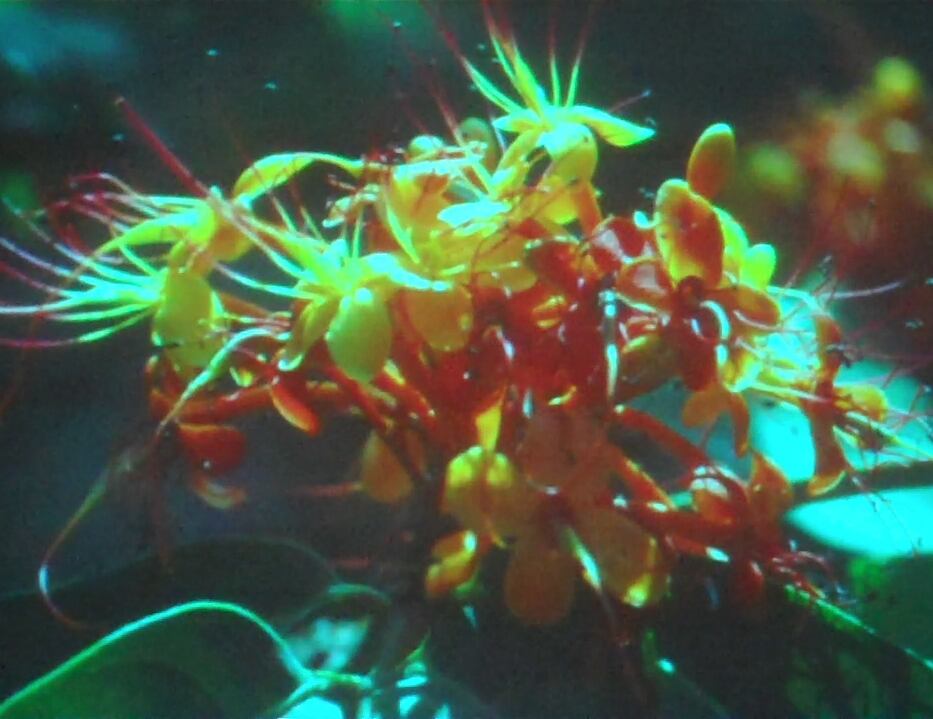The ScentTreks programme is part of the company’s push to find new and innovative ingredients to add to the perfumer’s palette. According to Kaiser, who presented a lecture in Pensylvania, US, Givaudan has investigated over 2700 plant species, and subsequently reconstituted about 550 scents in the laboratory.
Using headspace technology that can capture the scent of the plant and safely preserve it until investigation in the laboratory, the ScentTreks programme does not require the plant or even a sample to be harvested. After capture, the scent can be reconstructed using fragrance chemicals or building blocks available in the lab.

It is this technology, Kaiser explained, that makes it possible to investigate some of the world’s rarest species too endangered to harvest.
“Perfumers continually seek new olfactive directions for their creations - and for this ScentTrek brings value by making the scents of plants available that could never be harvested or their oils extracted,” he told CosmeticsDesign-Europe.com.
This is not, he said, a replacement for essential oils extracted from fragrant species - there would be no value in trying to replicate these using headspace technology - it is simply a way of expanding the palette with new scents that would otherwise remain unknown and unusable.
In addition, totally new fragrance chemicals are sometimes discovered, and these, unlike mixtures of fragrances, can be patented. For example, the company recently discovered a new chemical structure 4-hepten-2-yl salicylate.
This particular chemical was identified in the flowers of the Ashok tree (see photo) (Saraca asoca) found growing in the South West region of India. According to Kaiser, this new chemical was found to have positive characteristics and will soon be introduced in a new fragrance product.
Nature-identical
Although the fragrances when reconstituted in the laboratory are not natural, rather nature-identical, Kaiser said the ScentTrek ingredients are not divorced from the natural and organic movement.
“ScentTrek materials provide inspiration for perfumers and distinctiveness for fragrances that also appeal to consumers, especially at the moment when there is a growing demand for scents from nature,” he said.
“The benefit that the ScentTrek programme brings to consumers who are interested in natural is that it makes the scent of rare plants accessible whilst leaving the environment intact.”
Furthermore, Kaiser claims that the company is raising awareness of the need to protect endangered biotopes through its work.
Other projects the company is involved in are working directly towards sustainability in the industry. For example, its Innovative Naturals programme. Including a number of partnerships with local suppliers, the programme provides both a secure revenue and technical assistance for suppliers in return for a commitment to protect regions in which the ingredients grow.
